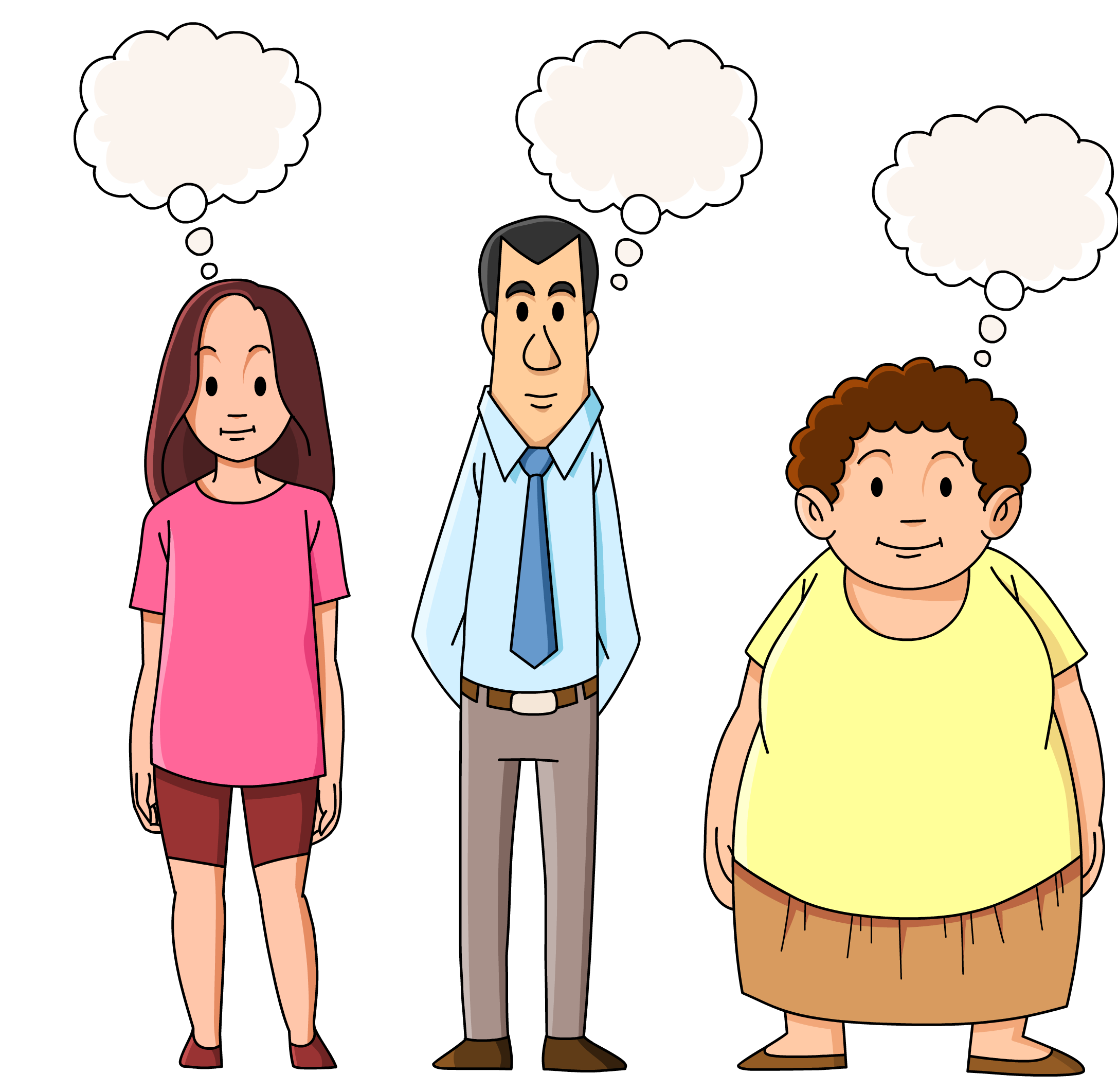Vata, Pitta, and Kahpa are three words popularly used in Ayurveda to identify the body type of the patient or the disease in the patient. According to Ayurveda, human bodies mainly have three different characteristics, viz. Vata, Pitta, and Kapha. Likewise, a disease also belongs to one of these characteristics. Ancient Ayurveda text Ashtang Hridayam has extensively elaborated on the concept of Vata, Pitta, and Kapha, how these concepts apply to the humans, and how diseases are characterized as Vata, Pitta, and Kapha.
Prapancha: The Five Elements
Prapancha means the world. Literally “pancha” in prapancha means five and Prapancha means “something that is made of five elements.” The five elements are referred to as “Pancha Mahabhuta” in Sanskrit language. In Hindu literature, the five elements are earth, water, fire, air and space. Everything in this world including the human body, is made up of these five elements. Do not understand these five elements in the literal sense such as your body or the universe is made up of earth, water, fire etc. The truth is the world or your body takes the qualities of these elements, for example earth is solid matter, water element is liquid matter, fire is heat, air is gas, and space is the property of occupying something.
Everything in the world, living and non living, and cosmic world included, consist of these five elements in various proportions. For example, muscles and bones are earth element, bodily fluids are water element, warmth inside you is fire element, breathing relates to air element, and mind is space element. These elements interact with each other to perform various functions.
How Vata, Pitta, and Kapha are Formed Inside the Human Body
Ayurveda describes Vata, Pitta and Kapha as three characteristics of human body. If Vata, Pitta and Kapha are the body characters, how do they form inside the body?
Kapha: Food you eat contributes to the earth element in your body and water you drink contributes to the water element in your body. When the earth element interacts with the water element inside the body, the properties of these two elements form Khapa character in the body. According to Asthanga Hridayam, properties of Khapa are oily, cold, viscous, smooth slimy, and immobile.
Pitta: When water element inside the body interacts with the fire element, the properties of these two elements take the form of Pitta. Asthanga Hridayam defines the properties of Pitta as oily, absorbent, hot, light, odorous, fluid, and mobile.
Vata: Air element, when interacts with the space element inside the body, the properties of air element and space element together form Vata. Based on Asthanga Hridayam, Vata has dry, light, cold, rough, subtle, and mobile character.
How Vata, Pitta, and Kapha Function
Vata, Pitta and Kapha have specific functions in the human body. According to Ayurveda, “health” is defined as the state of equilibrium of Vata, Pitta and Kapha. Imbalance among these three properties in human body creates health issues. In other words, if one of these three characters dominates over the others, you become sick. Genetic factors that you get from birth, food you consume, and the environment all affect the balance of Vata, Pitta and Kapha.
When Vata is dominant over Pitta and Kapha, body is cold, dry and light. You feel restless and active. Vata also affect mind making you think a lot and talk fast. People having dominant Vata character are light sleepers and get a lot of dreams. Pitta’s dominance over Vata and kapha makes the body warm. The people with Pitta character have oily hair and skin and ten to perspire a lot. These people are prone to hair fall and premature aging. Likewise, the body is heavy and inert when Kapha is dominant over Vata and Pitta. Kapha people put on a lot of weight and sleep well. When one property dominates over the other, it affects everything from your physical structure, physiology, psychology and emotions.
Vata, Pitta and Kapha are changeable characters inside the body. Ayurveda suggests administering herbs and performing yoga to create a balance among Vata, Pitta and Kapha and become free from diseases.
Personality Types According to Vata, Pitta, and Kapha Properties
Generally speaking, your genetic mark-up, your lifestyle, foods you consume and the climatic conditions you live in always create imbalance among Vata, Pitta and Kapha, and there is always dominance of one over the other two, or dominance of two over the other character.
Vata person is lean and agile, he cannot sit idle in one place. His mind is unable to focus or concentrate as he is always agitated. This guy sleeps little, eats poorly, have problems with digestion, can tolerate heat but cannot tolerate cold, and he is always indecisive.
Pitta people are quick tempered. They cannot tolerate heat, but they are also cheerful, talk very nicely, and attract people. They eat fast and have a good digestion.
Kapha people are very complacent. They don’t get angry soon. However, when they get angry, their anger remains remain for a long time. These people do everything very slowly, but have good judgement. They do not change their perception easily.
Conclusion
Ayurveda’s definition of Vata, Pitta, and Kapha not only helps to understand the human body in terms of health conditions but also lets us understand the personality types. To sum up, two Vata individuals do not get along very well as they both have a similar character. That’s also true with other characters. The blend is always between different characters.

I have never heard of Vata, Pitta and Kapha, however, I liked this concept very much. Looks like Ayurveda is a holistic healing method that not only cures the disease that has affected you but also makes you healthy completely.